| Cruise no | Period | Vessel | Purpose | Area | CTD st.no | Trawl st.no | Fig. no |
| 2019802 | 22.1.-26.2. | «Helmer Hanssen» | Abundance and distribution of cod and haddock. | Barents Sea,Greenland Sea. | 1-62 | 1-189 | 123-124 |
| 2019804 | 11.2.-21.2. | «Asbjørn Selsbane» | A demersal seine was applied with pelagic trawl doors for live capture of cod. Catch limitation devices were tested and filmed with underwater cameras. Fishing was conducted at various depths and fishing densities and viability of the fish evaluated. | Barents Sea. | - | 1-18 | 125 |
| 2019806 | 20.6.-5.7. | “ Talbor” | The aim of the cruise was to study the spreading and collect densities data of the snow crab in the Svalbard Fishery Protection Zone by using a hired fishery vessel. Our main study area was in the area for commercial fishing. | Barents Sea | - | - | 126 |
| 2019807 | 7.3.-2.4. | “ Trombas” | Investigate effects of artificial light and new pot designs in the Barents Sea snow crab. | Barents Sea | - | - | No Chart |
| 2019809 | 4.3.-17.3. | “ Vendla” | Acoustic trawl survey on Capelin spawning stock. Methodological survey using a stratified survey design aiming to measure the abundance of Capelin during the spawning season. | Norwegian Sea | - | 1-22 | 127 |
| 2019813 | 19.9.-4.10. | «Helmer Hanssen» | The survey is part of the Barents Sea Ecosystem survey. Main goal is monitoring of the ecosystem. Data that were collected included physical oceanography, plankton, fish, benthos and marine mammal registrations. Several special investigations were also conducted. | Barents Sea | 63-96 | 190-260 | 128-129 |
| 2019815 | 10.6.-16.6. | «Johan Ruud» | Study the spreading area for red king crab in Vest Finnmark, Norway. This is the area for a free fishing for red king crab and the further spreading is monitored. | Barents Sea | - | - | 130 |
| 2018818 | 12.8.-1.9. | «Arctic Aurora» | Estimate harbour seal abundance based on numbers hauled out during moult in the counties Trøndelag and Nordland. | Barents Sea | - | - | No chart |
| 2019824 | 18.3.-10.4. | «Katla» | ∀ Compare the unfished northern shrimp (Pandalus borealis) stocks in the two fjords Porsanger and Tana in North-Norway (closed for trawling since the beginning of the 1970s) with the shrimp stock in a commercially exploited reference fjord (Kvænangen) with regards to density, spatial distribution, size and stage distribution, as well as genetic stock composition. ∀ Collect data on all demersal fish stocks (density, spatial distribution, length, age, stomach content) in the Tana and Porsanger fjords as well as in the reference fjord, Kvænangen, for use in an ECOPATH model. ∀ Collect bottom temperature in all three fjords by means of temperature loggers on the trawl. | Norwegian Sea | - | 1-82 | 131 |
| 2019825 | 30.9.-23.10. | «Katla» | ∀ Compare the unfished northern shrimp (Pandalus borealis) stocks in the two fjords Porsanger and Tana in North-Norway (closed for trawling since the beginning of the 1970s) with the shrimp stock in a commercially exploited reference fjord (Kvænangen) with regards to density, spatial distribution, size and stage distribution, as well as genetic stock composition. ∀ Collect data on all demersal fish stocks (density, spatial distribution, length, age, stomach content) in the Tana and Porsanger fjords as well as in the reference fjord, Kvænangen, for use in an ECOPATH model. ∀ Collect bottom temperature in all three fjords by means of temperature loggers on the trawl. | Barents Sea, Norwegian Sea | | | No chart |
| 2019828 | 8.1.-12.3. | « Cabo de Hornos » | Large scale krill synoptic survey in Area 48 Antarctica - ARK vessel. | Scotia Sea | - | - | No chart |
| 2019829 | 5.4.-14.5. | «Lance» | It is established a long-term data set of reproductive data for the Harp Seal population in the Greenlan Sea/West Ice. The main purpose of the cruise was to obtain data to continue this work and to collect samples to get updated data for the population’s condition. | Greenland Sea/West Ice | - | - | No chart |
| 2019830 | 4.8.-27.8. | “ Kato” | The main purpose of the cruise was to obtain data for ecological monitoring of the minke whale stock. | Barents Sea | - | - | 132 |
| 2019831 | 22.3.-8.4. | “ Kings Bay” | International blue whiting spawning stock survey. Acoustic survey to monitor the spawning stock of blue whiting on the spawning grounds west of the British Isles. | Northeast Atlantic Ocean | 1-27 | 16-26 | 133 |
| 2019832 | 18.9.-1.10. | “ Fiskebas” | Test optical and acoustic instruments and methods for characterising the catch, with respect to species, biomass, individual size and welfare status. Observe fish behaviour and environmental conditions before and during catching, as well as the fish's vitality, during pumping and storage, as a basis for studying catch welfare. | Norwegian Sea North Sea | - | - | No chart |
| 2019833 | 10.6.-24.6. | “ Vendla” | North Sea herring fishing grounds. | North Sea | - | - | No chart |
| 2019836 | 9.6.-29.6. | «Brennholm» | ICES Triennial egg survey for assessment of spawning stock biomass of North East Atlantic Mackerel . | North Sea, Norwegian Sea | - | - | 134 |
| 2019837 | 3.7.-6.8. | «Kings Bay» | Part of the International Ecosystem Summer Survey of the Nordic Seas (IESSNS) where the objectives are (1) to measure the abundance of Northeast Atlantic mackerel using swept-area method (2) measure the abundance of Norwegian spring-spawing herring and blue whiting using acoustics, (2) collect data on zooplankton, (3) measure the hydrographical conditions. | Norwegian Sea | 28-103 | 27-115 | 135-136 |
| 2019838 | 4.7.-6.8. | «Vendla» | Pimary objective: Large-scale mapping and abundance estimation of Northeast Atlantic (NEA) mackerel, Norwegian Spring-Spawning (NSS) herring and blue whiting. Swept area trawling for mackerel and acoustic recordings and trawling on registrations for NSS herring and blue whiting.Secondary objectives: Sampling of zooplankton (0-200 m depth) and water temperature/salinity profiles (0-500 m depth). Opportunistic marine mammal observations along the covered transects.Mapping of Atlantic salmon, lumpfish and other pelagic fish species. | Atlantic Ocean, Norwegian Sea | 12-82 | 36-126 | 137-138 |
| 2019839 | 2.5.-3.6. | «Fiskebas» | Tagging with RFID technology and biological sampling of mackerel in the spawning areas west of Ireland and Scotland. | Northeast Atlantic Ocean | - | - | 139 |
| 2019840 | 13.2.-25.2. | «Kings Bay» | Provide acoustic estimates of abundance and distribution of Norwegian spring spawning herring during the spawning migration along the Norwegian coast. | Norwegian Sea | - | 1-15 | 140 |
| 2019841 | 13.2.-25.2. | «Eros» | Abundance estimation of Norwegian Spring spawing herring during the spawning season. | Norwegian Sea | 83-92 | 1-14 | 141 |
| 2019842 | 13.2.-25.2. | «Vendla» | Collection of acoustic data from fisheries sonar for study of herring schools. Collection of acoustic data from echo sounder for biomass estimation of herring. Collection of biological samples for estimation of species and size composition in the acoustic observations. Collection of hydrographic data (CTD). | Norwegian Sea | 1-11 | 1-13 | 142-143 |
| 2019843 | 19.11.-10.12. | “ Nystrøm” | Tagging and release of NSS herring with RFID technology and biological sampling of herring in the wintering areas in Troms, Northern Norway. | Northeast Atlantic Ocean | - | - | No Chart |
| 2019844 | 18.6.-12.8. | “ ACC Mosby” | Minke whale sighting survey program. Over the period 2014-2019 the Northeast Atlantic is covered by a mosaic survey to estimate the abundance of minke whales and other cetaceans. The methodology which involves tracking procedures for minke whales is especially developed for minke whales. | Barents Sea, Greenland Sea, Norwegian Sea | - | - | No Chart |
| 2019847 | 23.4.-13.5. | “ Eros” | Measuring the abundance, distribution and age composition of lesser sandeel ∀ Dredge sampling for burrowed sandeels ∀ Bottom trawls ∀ Pelagic trawls ∀ Echo sounder sampling ∀ Zooplankton sampling ∀ Mapping of hydrographical conditions | North Sea | 11-35 | 15-48 | 144-145 |
| 2019849 | 28.4.-10.5. | “ Tangen” | Estimate the effect of codend circumference for the size selection of northern shrimp. Quantify the importance of selection near or at the surfce during haulback. | North Sea | - | 1-17 | 146 |
| 2019850 | 11.8.-28.8. | « Arni Fridriksson» | The survey is part of the international deep pelagic ecosystem surveys (ICES-WGIDEEPS). Main objective: Survey of Sebastes mentella in the open Norwegian Sea, the calculated survey index will be used as input in the assessment of the stock. Secondary objective: Collect data in support to integrated ecosystem management in the open Norwegian Sea. | Norwegian Sea | - | 1-28 | 147 |
| 2019851 | 6.2.-12.2. | «Grotle» | Comparative fishing trials of artificial bait in longline fisheries for cod, ling and tusk. Trials part of a project aiming at finding alternative baits to expensive natural baits. The cruise tested at total of 10 different baits from two manufactures. | Norwegian Sea | - | - | No chart |
| 2019853 | 1.10.-5.10. | «Kings Bay» | Survey of potentially human pathogenic and quality reducing parasites and microbiota in Atlantic mackerel intended for human consumption. The main parasite target species are anisakid nematodes incl. Anisakis spp., the soft flesh-inducing myxosporean parasite Kudoa thyrsites, and the fungus-like parasite Ichthyophonus sp. Additionally, the above mentioned parasite species, especially Anisakis spp., may serve as biological tag to track the actual mackerels‘ migration route. | North Sea, Norwegian Sea | - | - | No chart |
| 2019854 | 10.10.-14.10. | «Kings Bay» | Survey of quality reducing parasites in Atlantic mackerel intended for human consumption. The parasite target species were the soft flesh-inducing myxosporean parasite Kudoa thyrsites, and the fungus-like parasite Ichthyophonus sp. | North Sea | - | - | No chart |
| 2019855 | 8.4.-15.4. | «Kings Bay» | Survey of potentially human pathogenic and/or quality reducing parasites and microbiota in blue whiting intended for human consumption. | Northeast Atlantic Ocean | - | - | No chart |
| 2019856 | 6.6.-10.6. | «Kings Bay» | Survey of potentially human pathogenic or quality reducing parasites and microbes in North Sea herring (Clupea harengus). | North Sea | - | - | No chart |
| 2019857 | 30.10.-4.11. | «Kings Bay» | Survey of potentially health hazardous and/or quality reducing parasites in Norwegian spring spawning herring (Clupea harengus) intended for human consumption. The main parasite target species were the zoonotic nematode Anisakis simplex and the fungus-like parasite Ichthyophonus sp. | Norwegian Sea | - | - | No chart |
| 2019858 | 7.1.-28.1. | “ Nystrøm” | Tagging and release of NSS herring with RFID technology and biological sampling of herring in the wintering areas in Troms, Northern Norway. | Norwegian fjord | - | - | 148 |
| 2019860 | 30.8.-19.9. | “ Arni Fridriksson” | Deep-sea fish species: Monitoring of Greenland halibut, redfish and other deep-sea fish species, and elasmobranches. Biological sampling and data collection for assessment. | Barents Sea Norwegian Sea | - | - | 149 |
| 2019861 | 17.3.-10.4. | “ Henriette” | Investigate distribution of northern shrimp (Pandalus borealis) on different types of benthic habitat using shrimp pots in the two fjords Porsanger and Tana in North-Norway (closed for trawling since the 1970’s) and in a trawled reference fjord (Kvænangen). ∀ Compare catch efficiency between a commercial shrimp trawl and shrimp pots. ∀ Collect bottom temperature in all three fjords by means of temperature loggers on shrimp pots. | Barents Sea Norwegian Sea | - | - | 150 |
| 2019862 | 10.3.-19.3. | “ Vikingbank” | A blue whiting trawl was equipped with depth sensors, catch limitation system and a cod-end release device. The catch limitation system and cod-end release device were tested and filmed with underwater cameras, and observations of the trawls geometry was carried out. | North Atlantic Ocean | - | 1-4 | 151 |
| 2019863 | 18.3.-29.3. | “ Eli R” | A sorting grid for excluding large fish is mandatory in the Norwegian shrimp fisheries. The use of the grid also causes loss of valuable Nephrop catches. To avoid losing Nephrops, an opening at the bottom of the grid has been suggested as a solution. In this study, a standard grid was therefore compared to a grid with 15 cm opening at the bottom to investigate if the grid modification results in increased catches of Nephrops and fish. Two identical trawls were towed simultaneously in commercial fishing areas and all species measured and quantified. | Skagerrak | - | - | 152 |
| 2019865 | 2.4.-14.4. | “ Marie Emilie” | A sorting grid for excluding large fish is mandatory in the Norwegian shrimp fisheries. The use of the grid also causes loss of valuable Nephrop catches. To avoid losing Nephrops, an opening at the bottom of the grid has been suggested as a solution. In this study, a standard grid was therefore compared to a grid with 15 cm opening at the bottom to investigate if the grid modification results in increased catches of Nephrops and fish. Two identical trawls were towed simultaneously in commercial fishing areas and all species measured and quantified. | North Sea | - | - | 153 |
| 2019866 | 29.10.-8.11. | “ Marie Emilie” | A sorting grid for excluding large fish is mandatory in the Norwegian shrimp fisheries. The use of the grid also causes loss of valuable Nephrop catches. To avoid losing Nephrops, an opening at the bottom of the grid has been suggested as a solution. In this study, a standard grid was therefore compared to a grid with 15 cm opening at the bottom to investigate if the grid modification results in increased catches of Nephrops and fish. Two identical trawls were towed simultaneously in commercial fishing areas and all species measured and quantified. | North Sea | - | - | 154 |
| 2019871 | 4.9.-10.9. | “ Ballstadoey” | Underwater observation of catch regulation device for demersal seines. Video recordings where obtained from catch regulation device square mesh codend and codend extension. The overall objective is to collect video and information in order to improve the accuracy of the catch regulation system and to produce teaching material, in addition a prototype of an automatic codend releaser was tested. | Barents Sea Coast of Finnmark | - | - | No chart |
| 2019873 | 21.10.-1.11. | “ Eir” | Experimental fishery in shallow water, using trammel nets and fyke nets. Main objective is to add data to time-series with focus on coastal cod abundance. | North Sea Coastal areas | - | - | No chart |






 Fig3
Fig3 Fig. 4
Fig. 4 Fig. 5
Fig. 5 Fig. 6
Fig. 6 Fig. 7
Fig. 7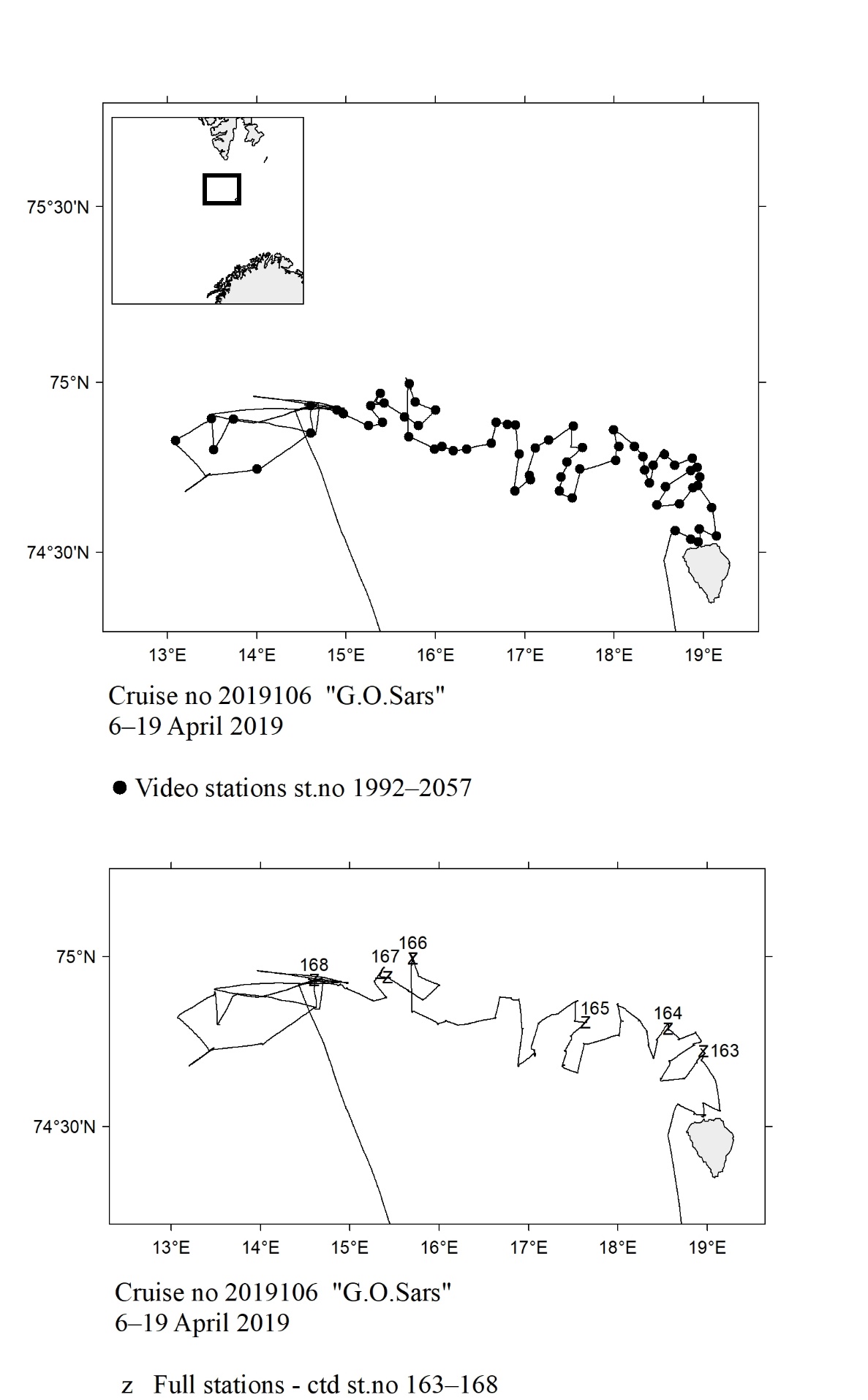
 Fig. 9
Fig. 9 Fig. 10
Fig. 10 Fig.11
Fig.11 Fig. 12
Fig. 12 Fig. 13
Fig. 13 Fig. 14
Fig. 14
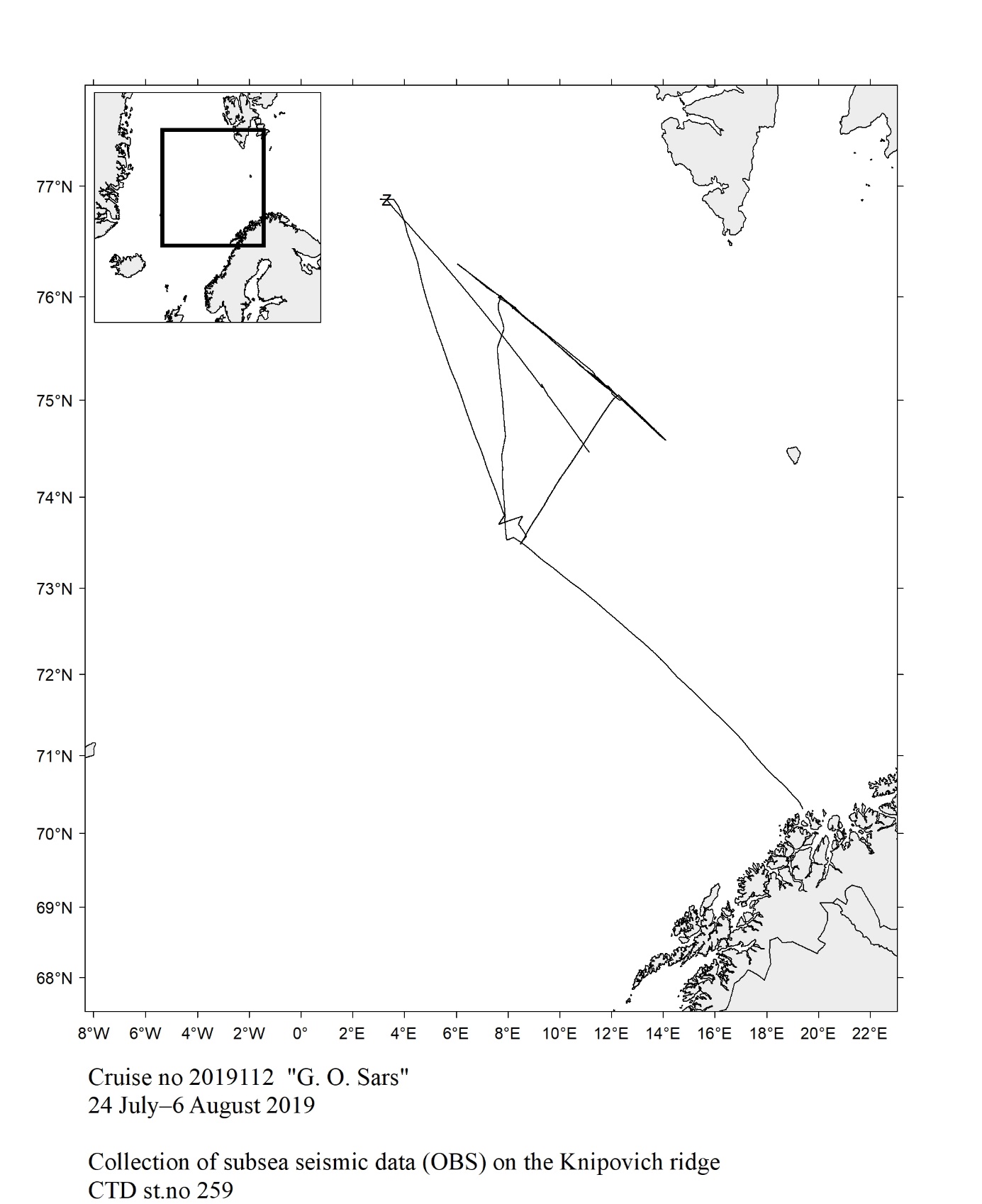 Fig. 16
Fig. 16 Fig. 17
Fig. 17 Fig. 18
Fig. 18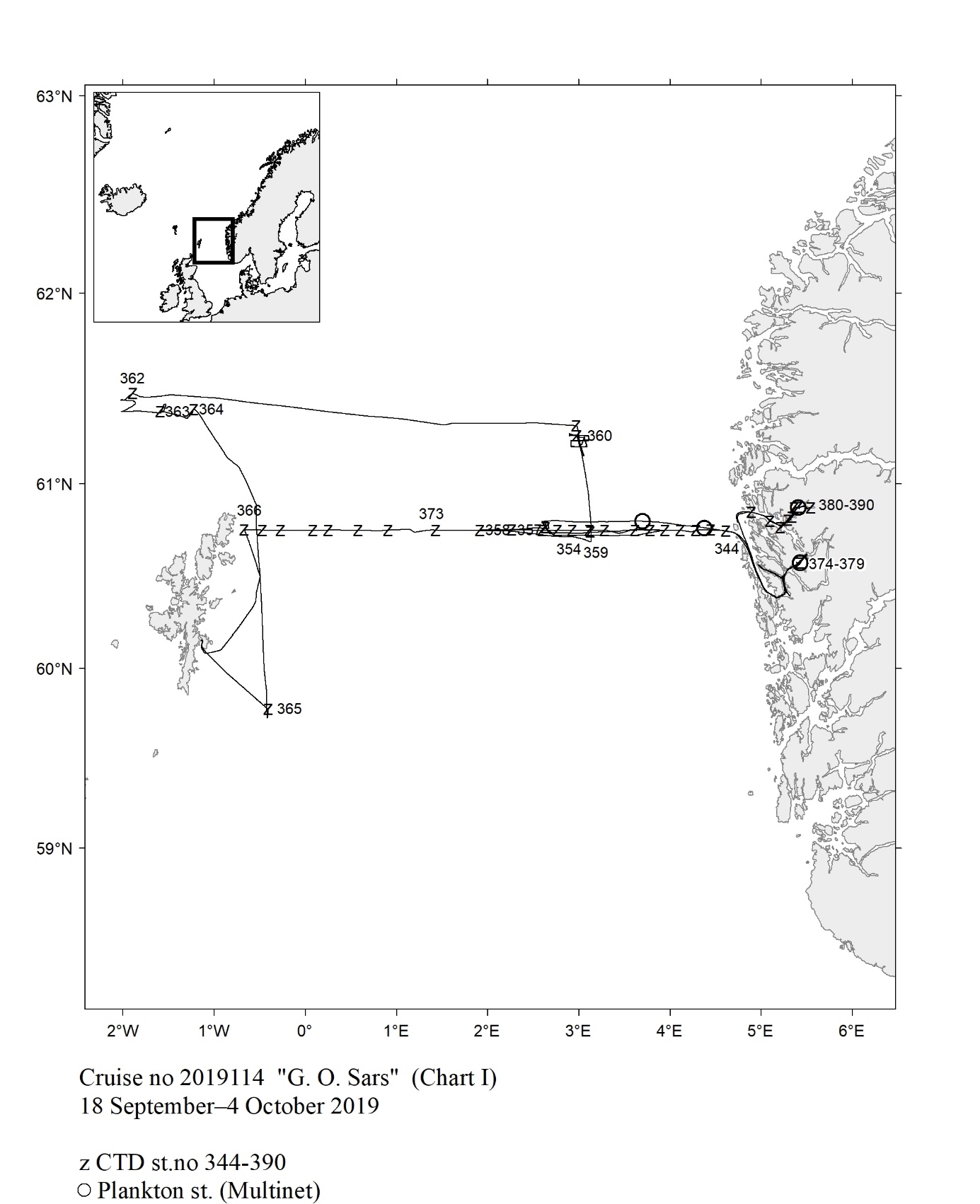 Fig. 19
Fig. 19 Fig. 20
Fig. 20 Fig. 21
Fig. 21 Fig. 22
Fig. 22 Fig. 23
Fig. 23
 Fig.25
Fig.25  Fig.26
Fig.26  Fig.27
Fig.27 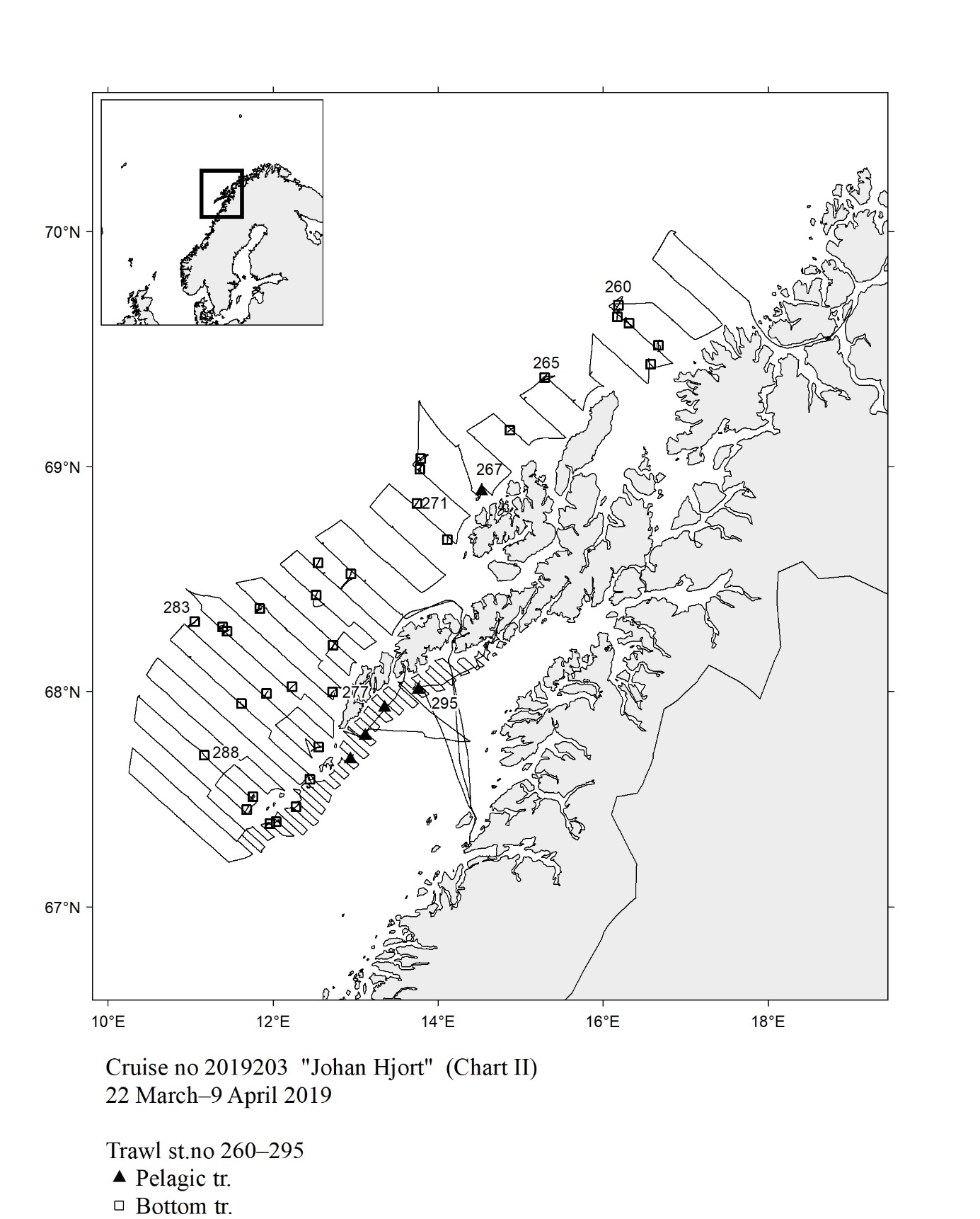 Fig.28
Fig.28 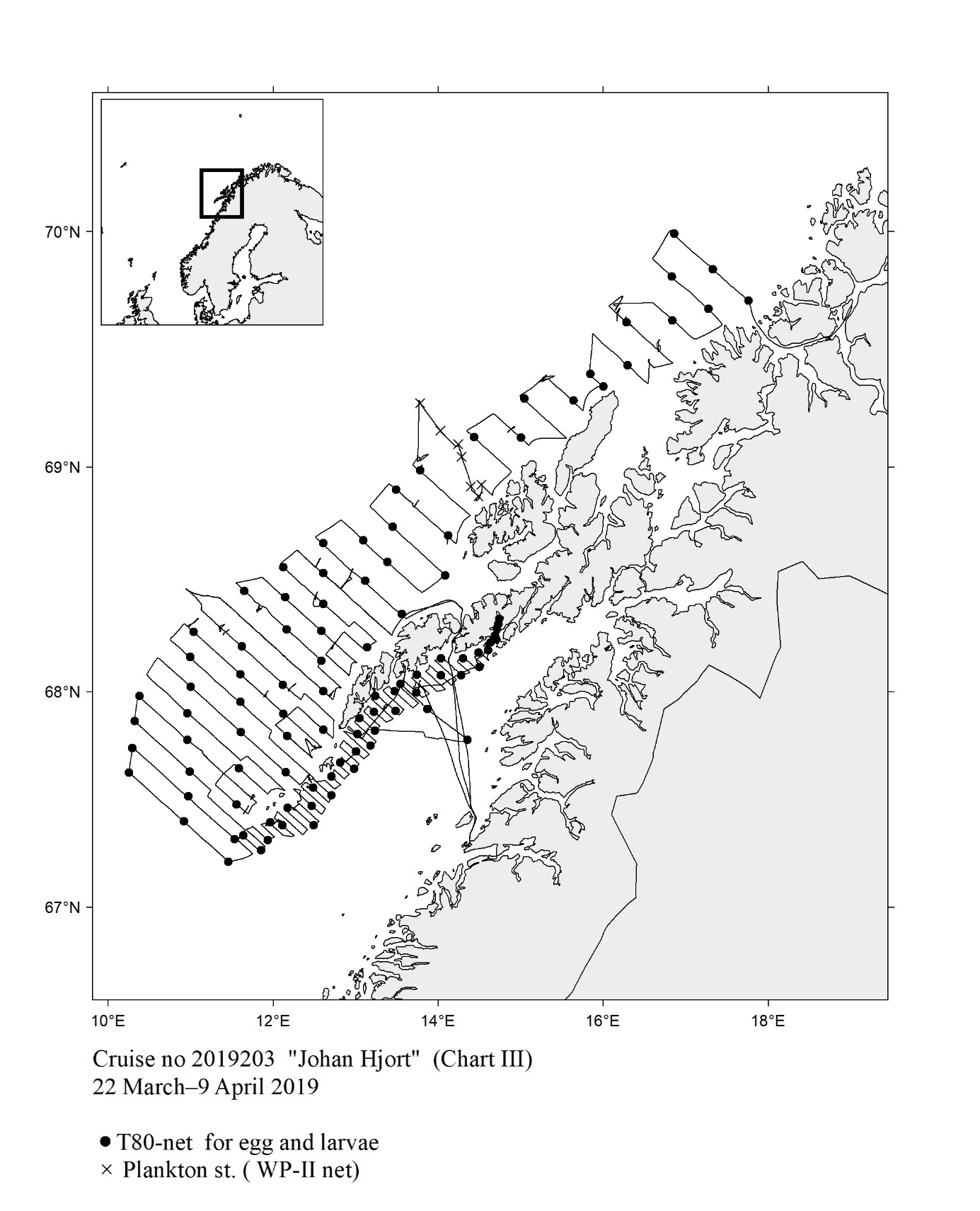 Fig.29
Fig.29
 Fig.31
Fig.31 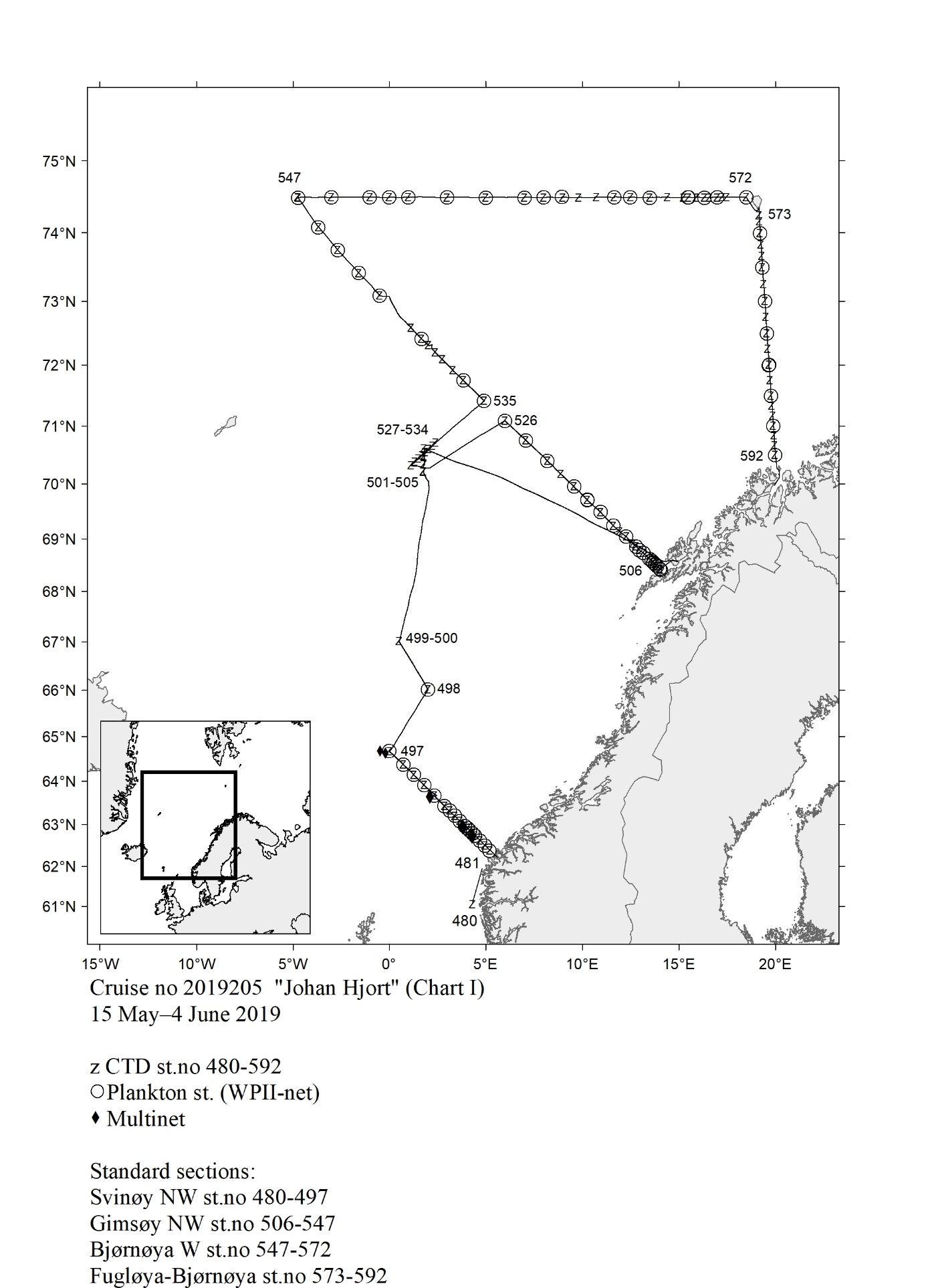 Fig.32
Fig.32  Fig.33
Fig.33  Fig.34
Fig.34  Fig.35
Fig.35
 Fig.37
Fig.37  Fig.38
Fig.38  Fig.39
Fig.39  Fig.40
Fig.40  Fig.41
Fig.41  Fig. 42
Fig. 42 Fig.43
Fig.43 Fig. 44
Fig. 44 Fig. 45
Fig. 45 Fig. 46
Fig. 46 Fig. 47
Fig. 47 Fig. 48
Fig. 48 Fig. 49
Fig. 49 Fig. 50
Fig. 50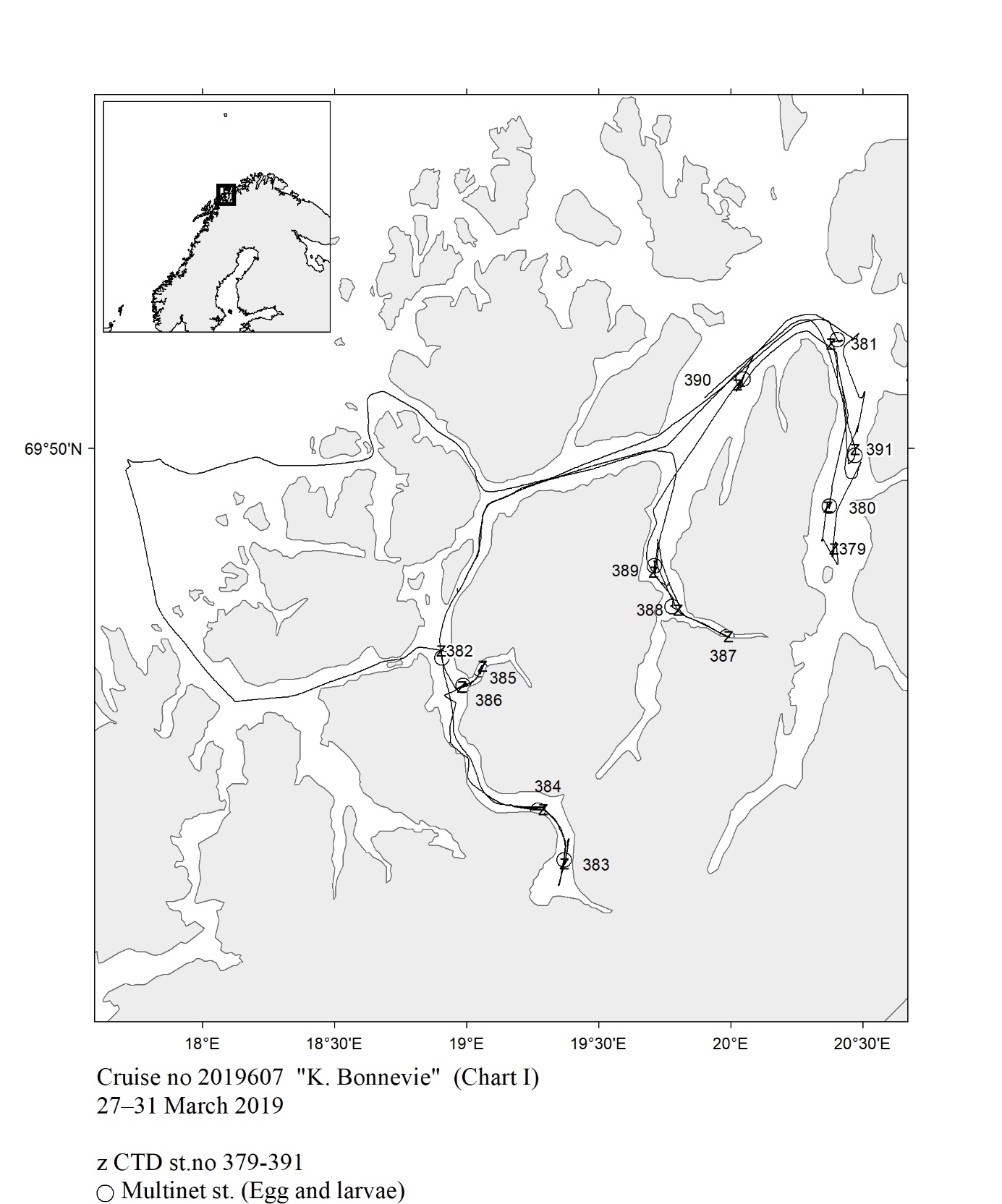 Fig. 51
Fig. 51 Fig. 52
Fig. 52 Fig. 53
Fig. 53 Fig. 54
Fig. 54 Fig. 55
Fig. 55 Fig. 56
Fig. 56 Fig. 57
Fig. 57 Fig. 58
Fig. 58 Fig. 59
Fig. 59 Fig. 60
Fig. 60 Fig. 61
Fig. 61 Fig. 62
Fig. 62 Fig. 63
Fig. 63 Fig. 64
Fig. 64 Fig. 65
Fig. 65 Fig. 66
Fig. 66 Fig. 67
Fig. 67 Fig. 68
Fig. 68 Fig. 69
Fig. 69 Fig. 70
Fig. 70 Fig. 71
Fig. 71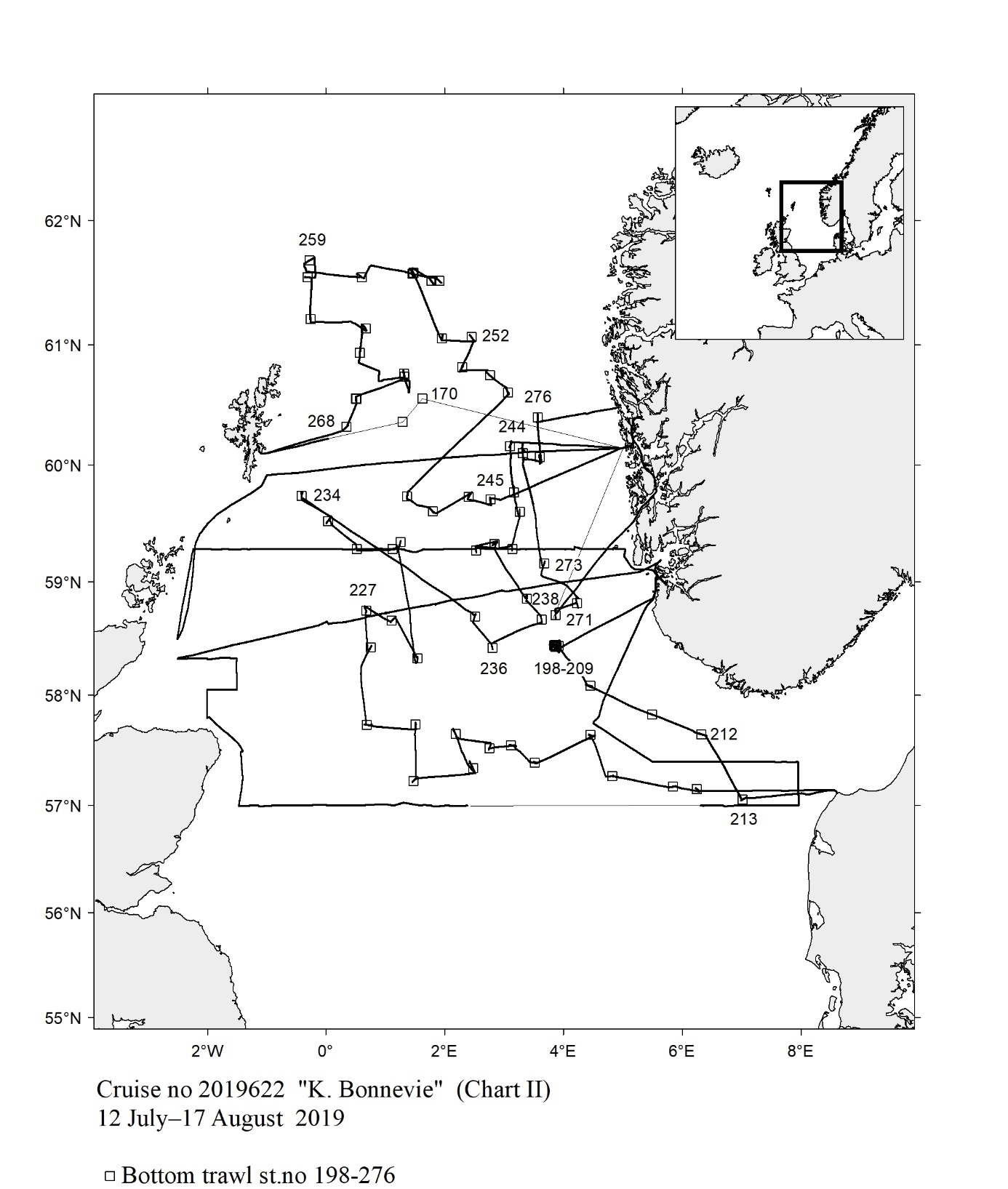 Fig. 72
Fig. 72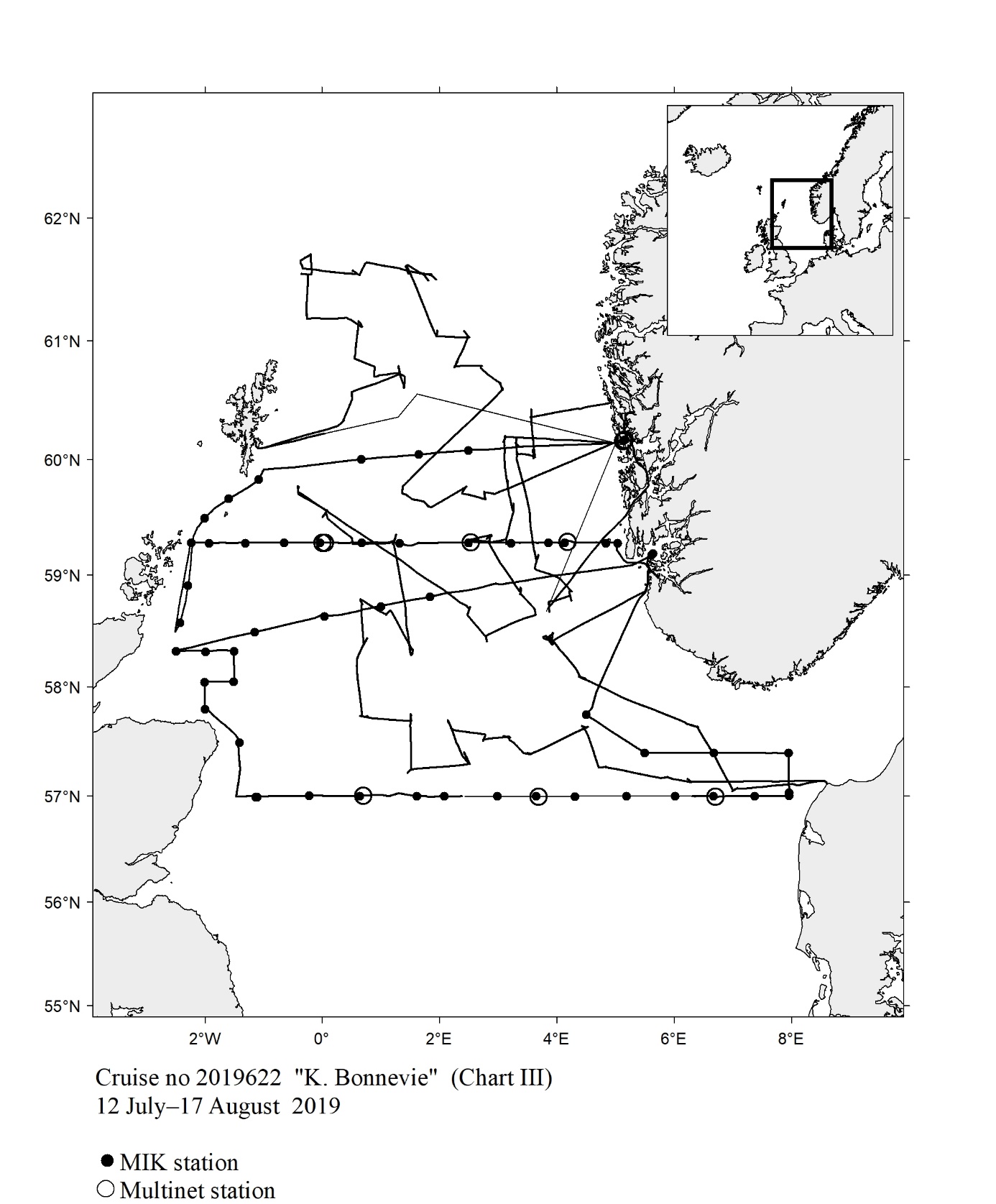 Fig. 73
Fig. 73 Fig. 74
Fig. 74 Fig. 75
Fig. 75 Fig. 76
Fig. 76 Fig. 77
Fig. 77 Fig. 78
Fig. 78 Fig. 79
Fig. 79 Fig. 80
Fig. 80 Fig. 81
Fig. 81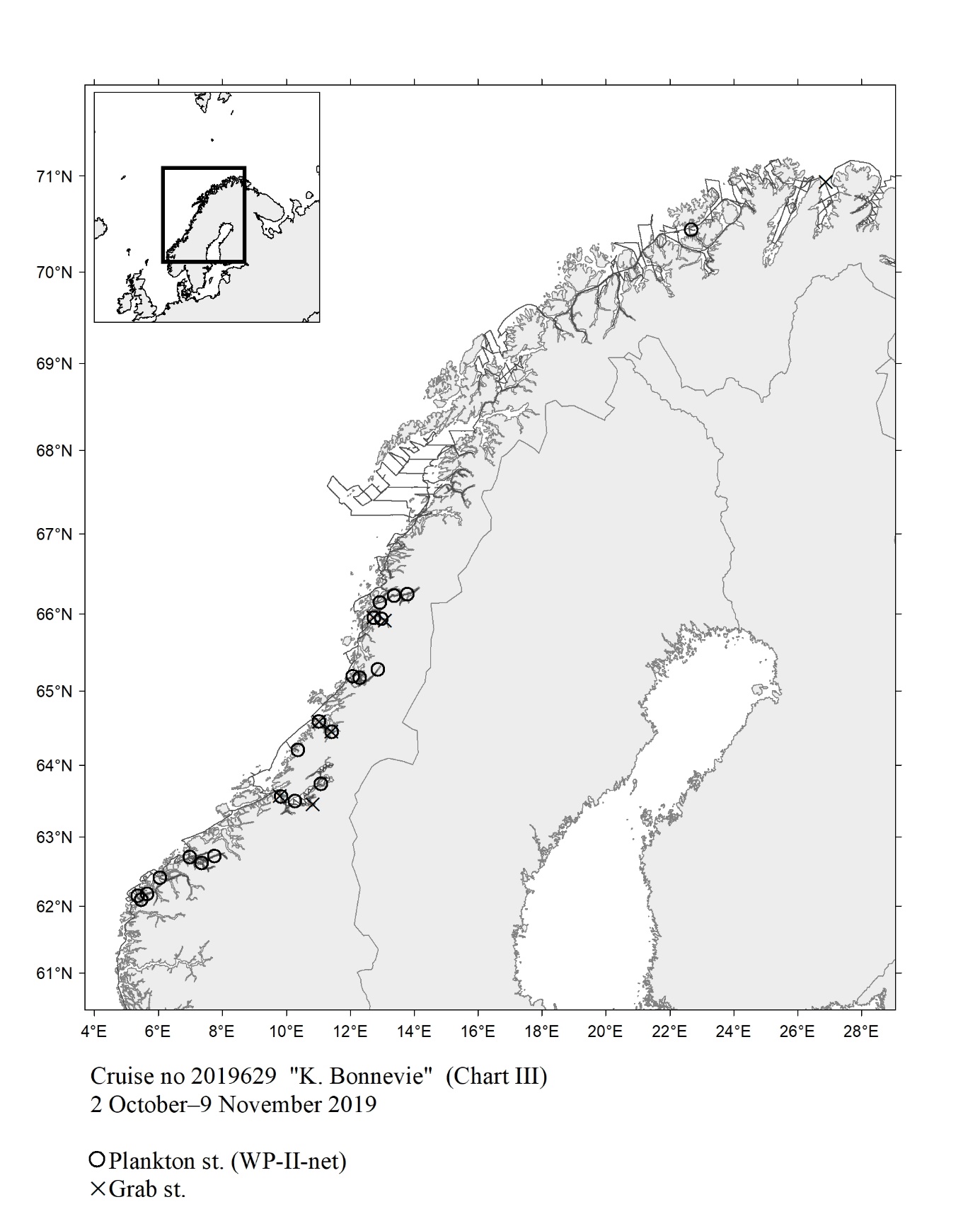 Fig. 82
Fig. 82 Fig. 83
Fig. 83 Fig. 84
Fig. 84 Fig. 85
Fig. 85 Fig.86
Fig.86 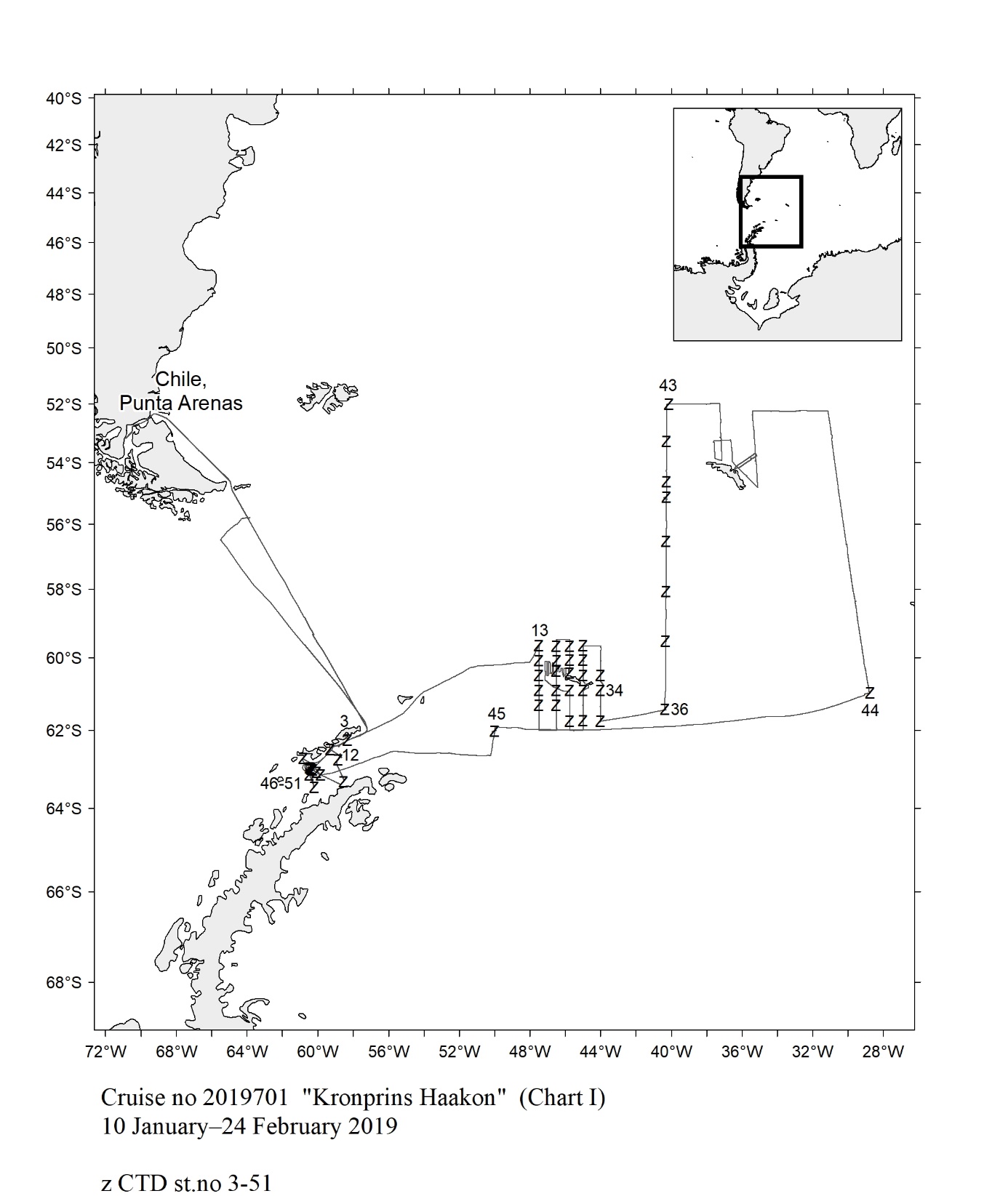 Fig.87
Fig.87  Fig.88
Fig.88  Fig.89
Fig.89  Fig.90
Fig.90  Fig.91
Fig.91 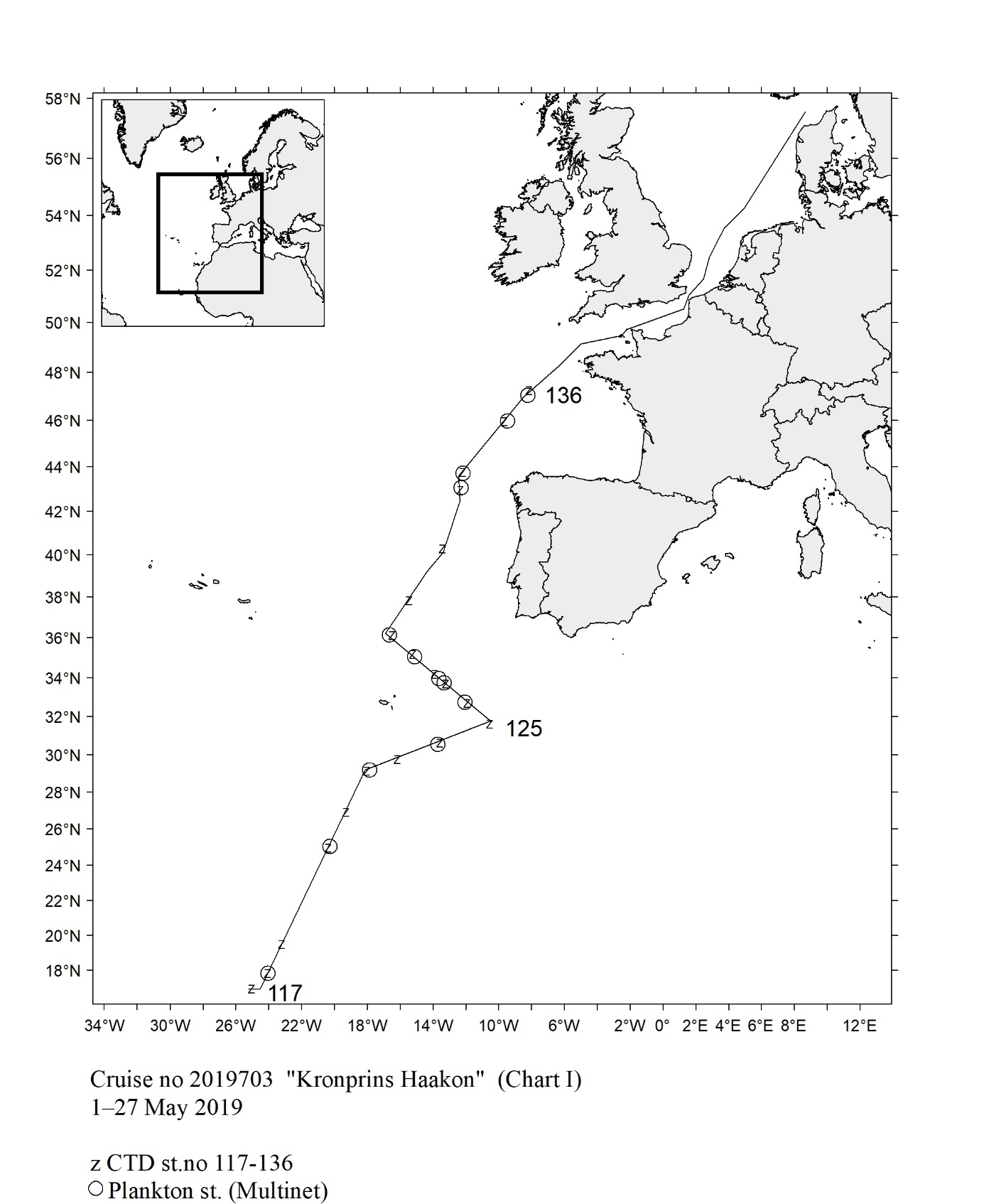 Fig.92
Fig.92 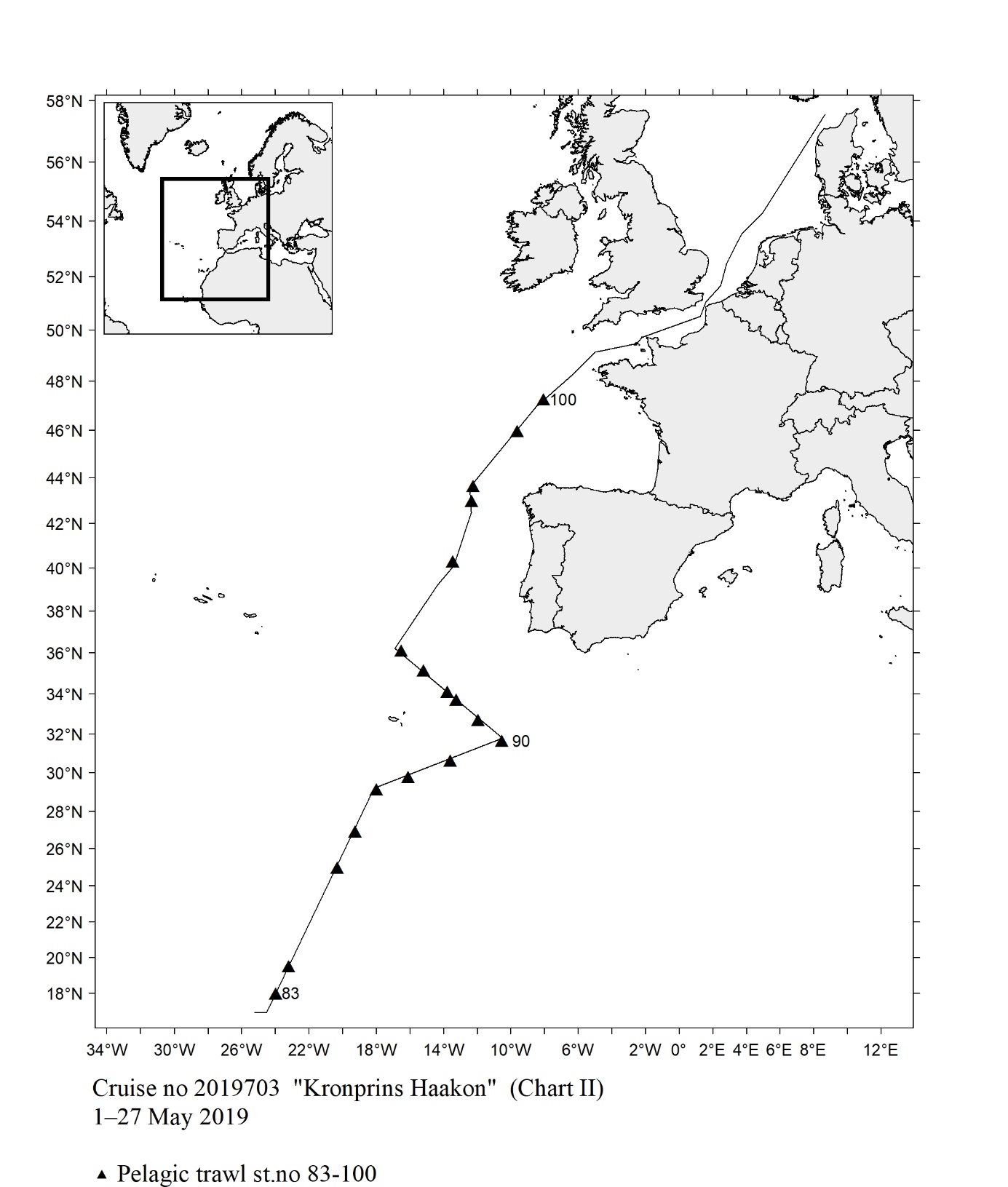 Fig.93
Fig.93  Fig.94
Fig.94  Fig.95
Fig.95  Fig.96
Fig.96  Fig.97
Fig.97  Fig.98
Fig.98  Fig.99
Fig.99  Fig.100
Fig.100  Fig.101
Fig.101  Fig.102
Fig.102  Fig.103
Fig.103  Fig.104
Fig.104  Fig.105
Fig.105 Fig.106
Fig.106  Fig. 107
Fig. 107 Fig.108
Fig.108  Fig.109
Fig.109  Fig.110
Fig.110  Fig.111
Fig.111  Fig.112
Fig.112 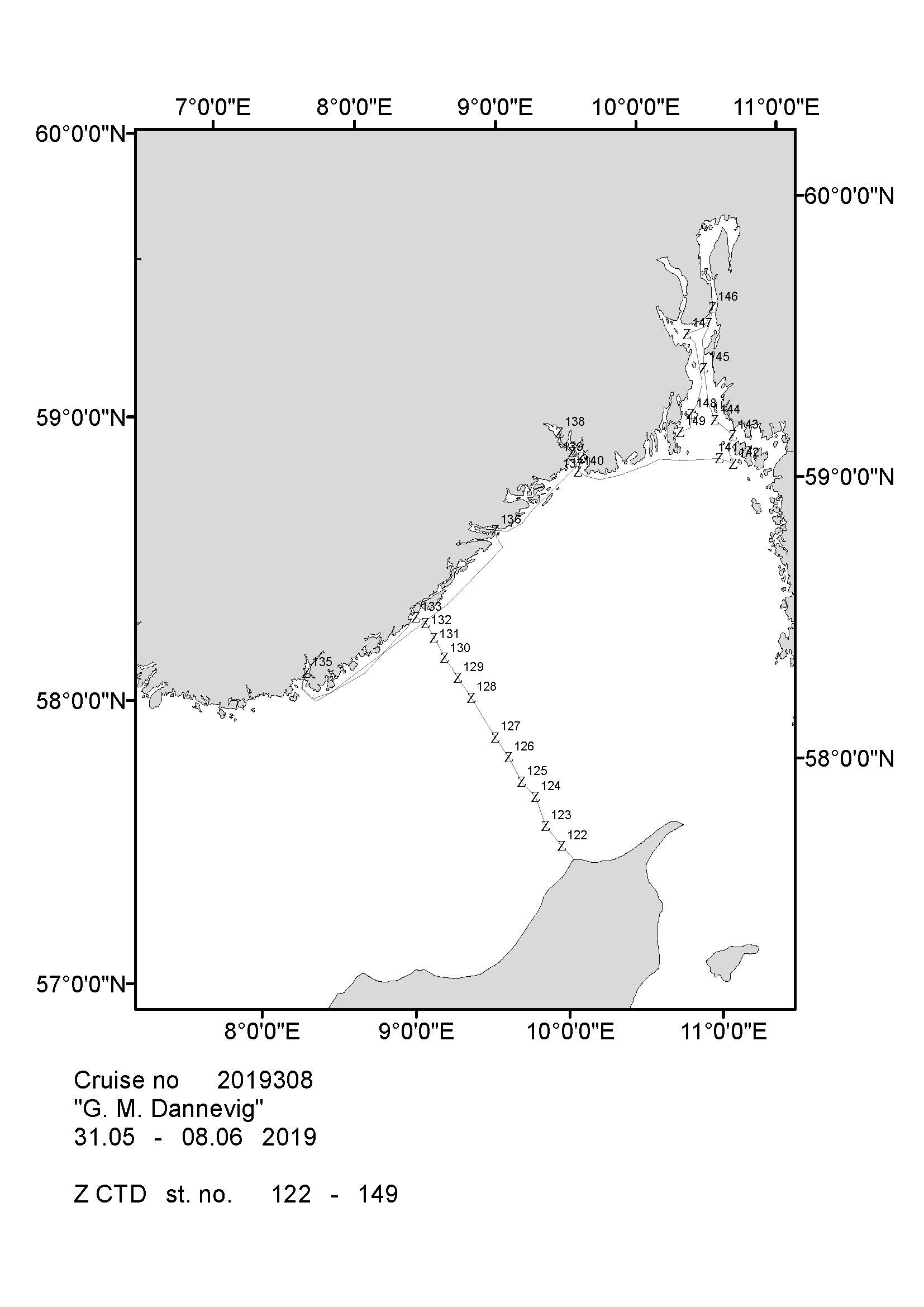 Fig.113
Fig.113  Fig.114
Fig.114  Fig.115
Fig.115  Fig.116
Fig.116 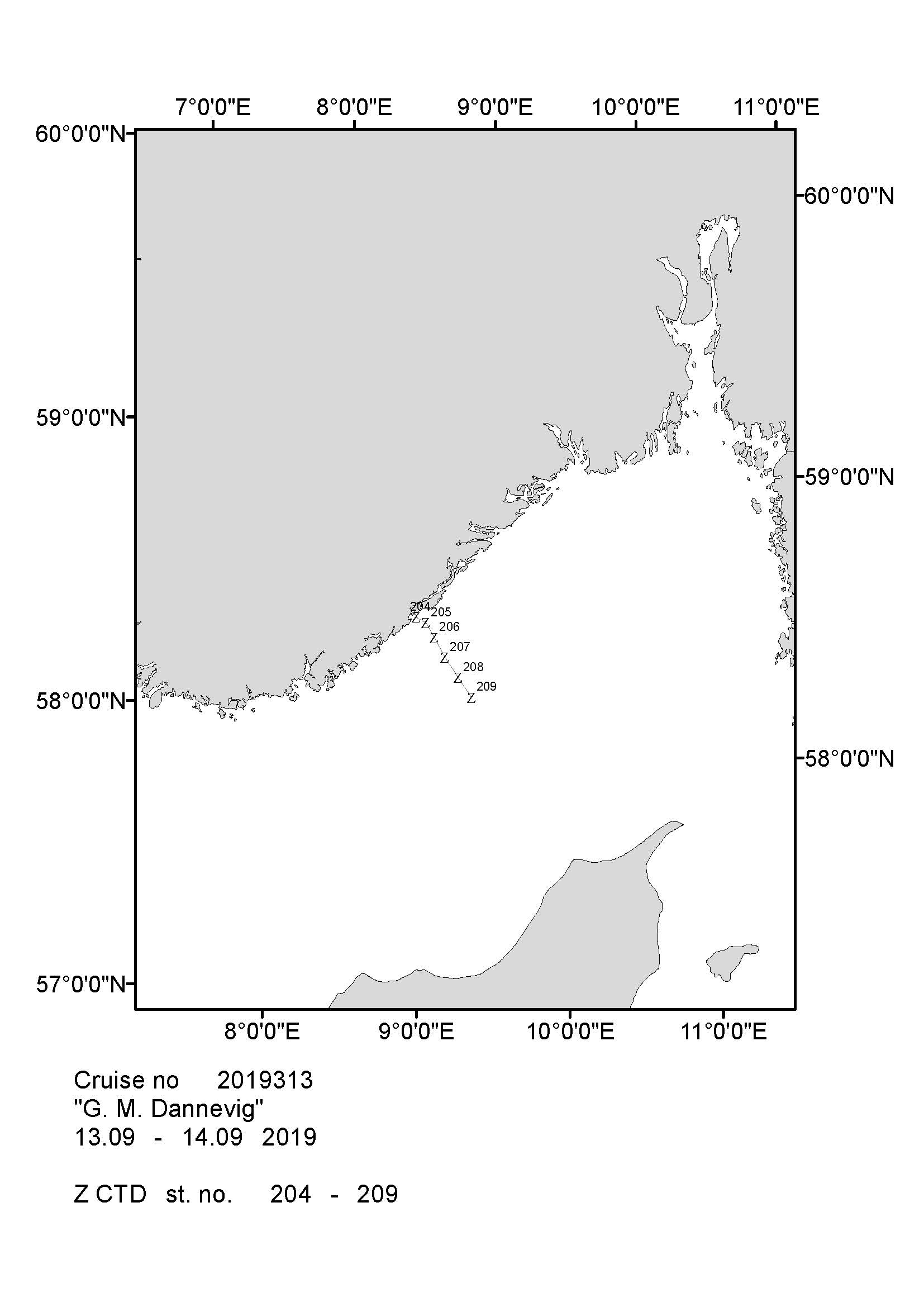 Fig.117
Fig.117 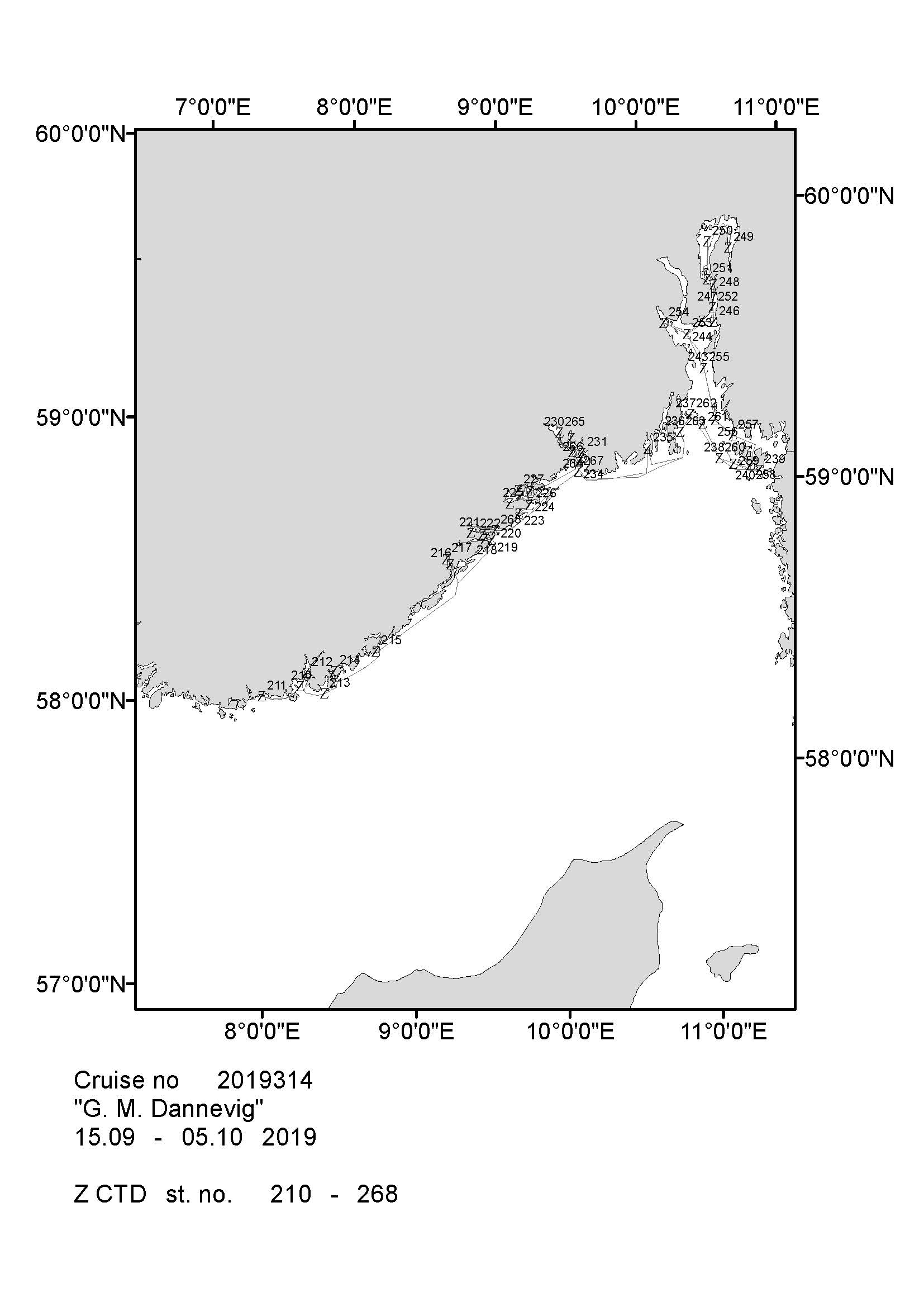 Fig.118
Fig.118  Fig.119
Fig.119  Fig.120
Fig.120  Fig.121
Fig.121 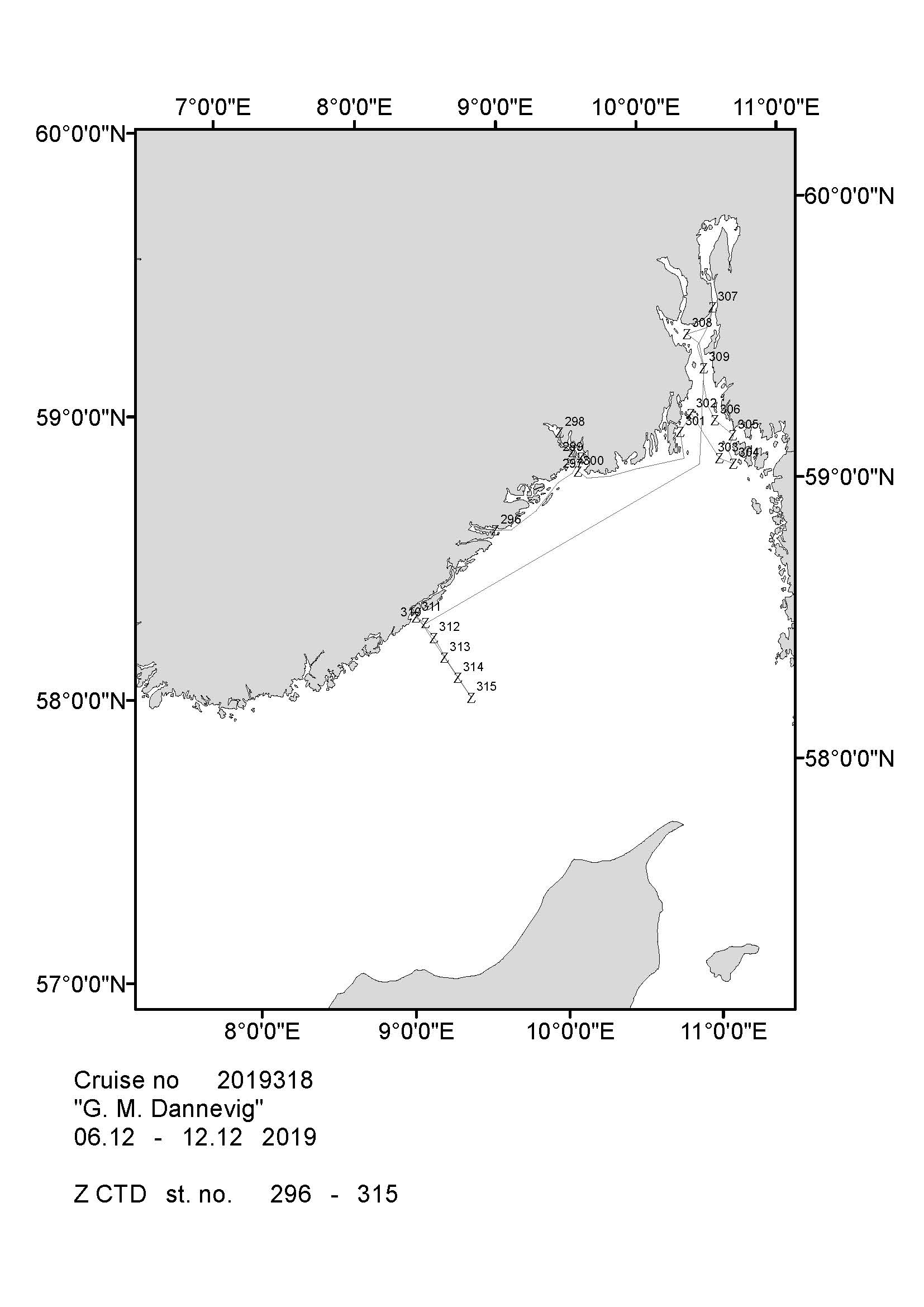 Fig. 122
Fig. 122 Fig. 123
Fig. 123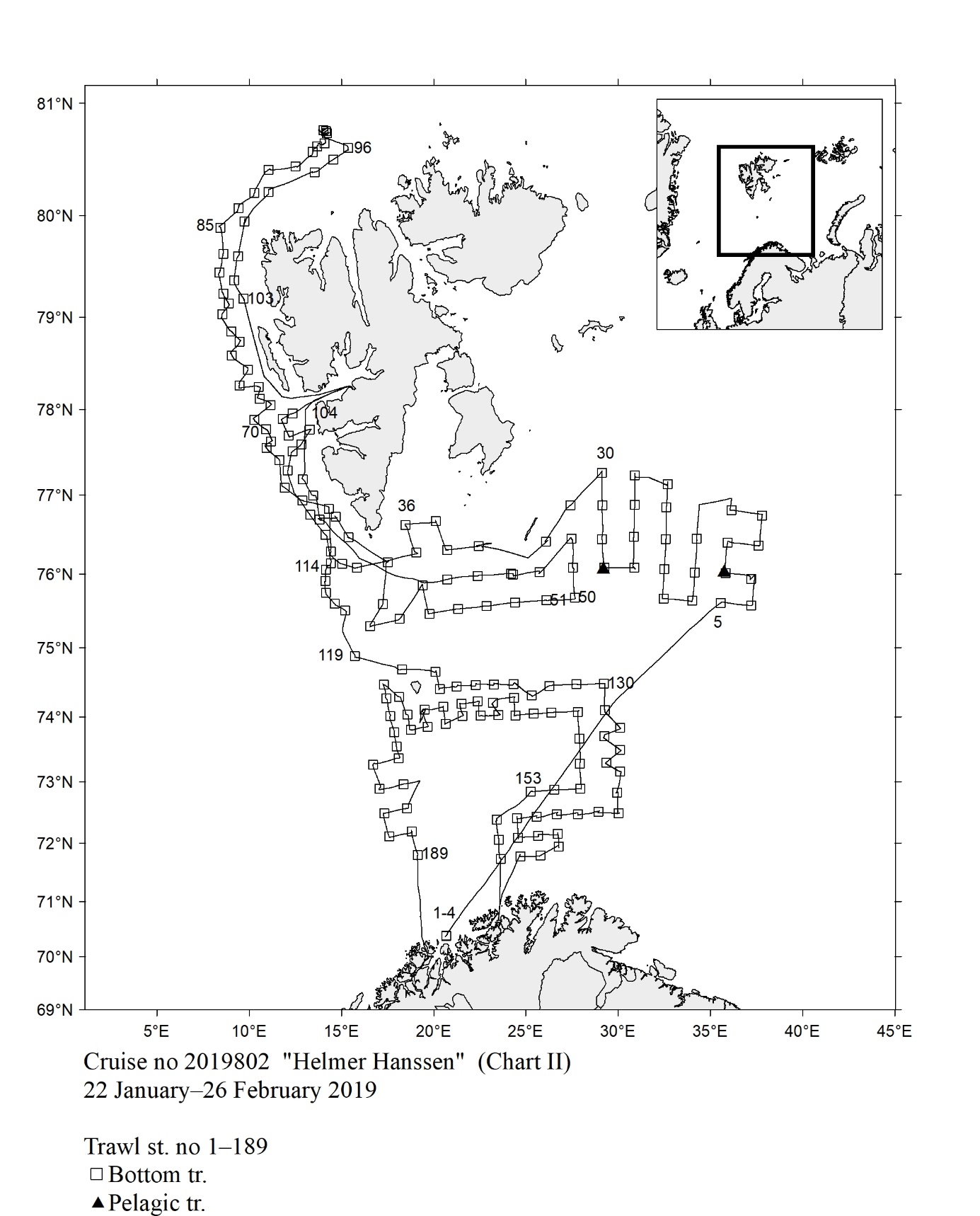 Fig. 124
Fig. 124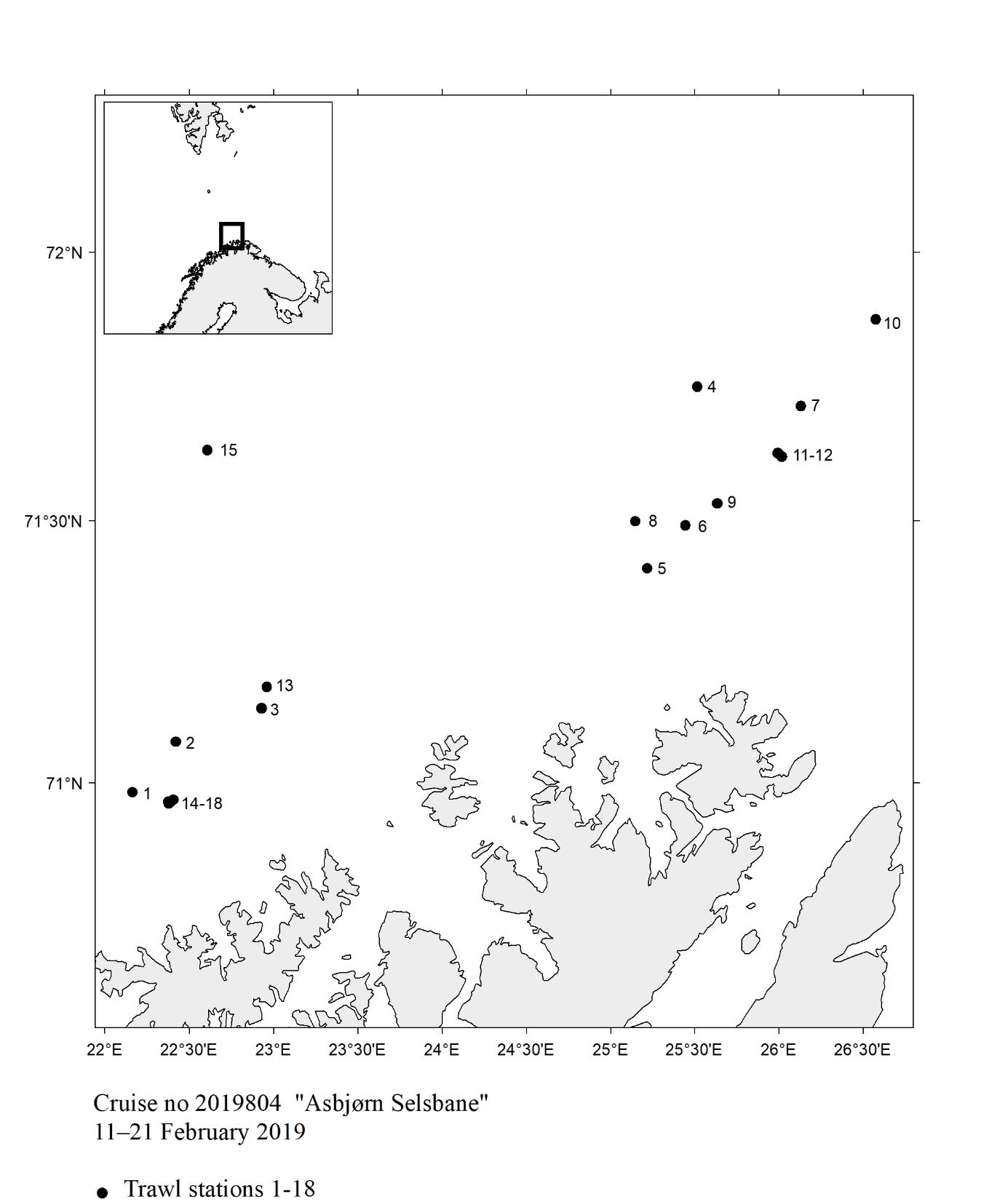 Fig.125
Fig.125  Fig. 126
Fig. 126
 Fig.128
Fig.128  Fig.129
Fig.129  Fig.130
Fig.130  Fig. 131
Fig. 131
 Fig.133
Fig.133 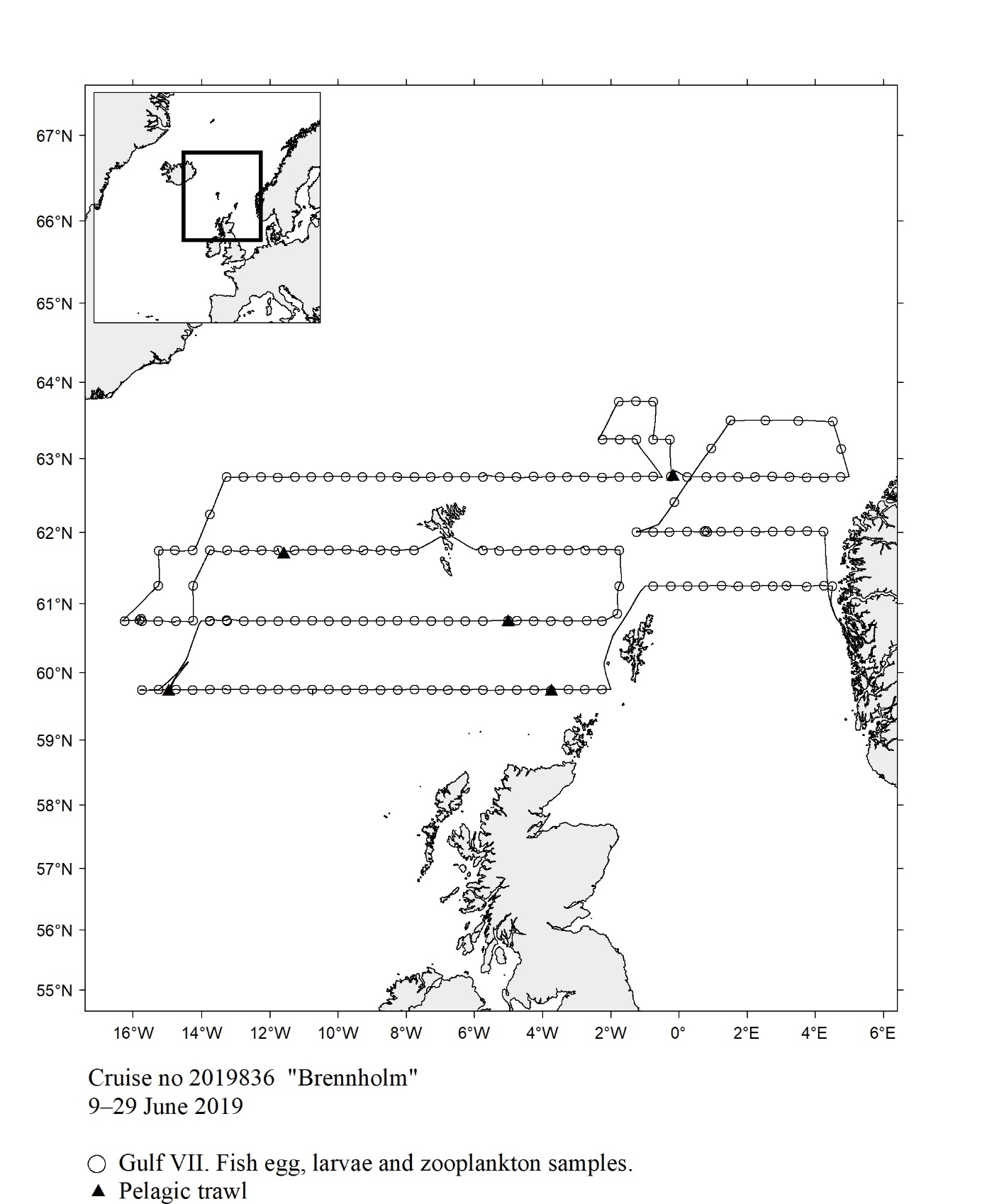 Fig.134
Fig.134  Fig.135
Fig.135  Fig.136
Fig.136 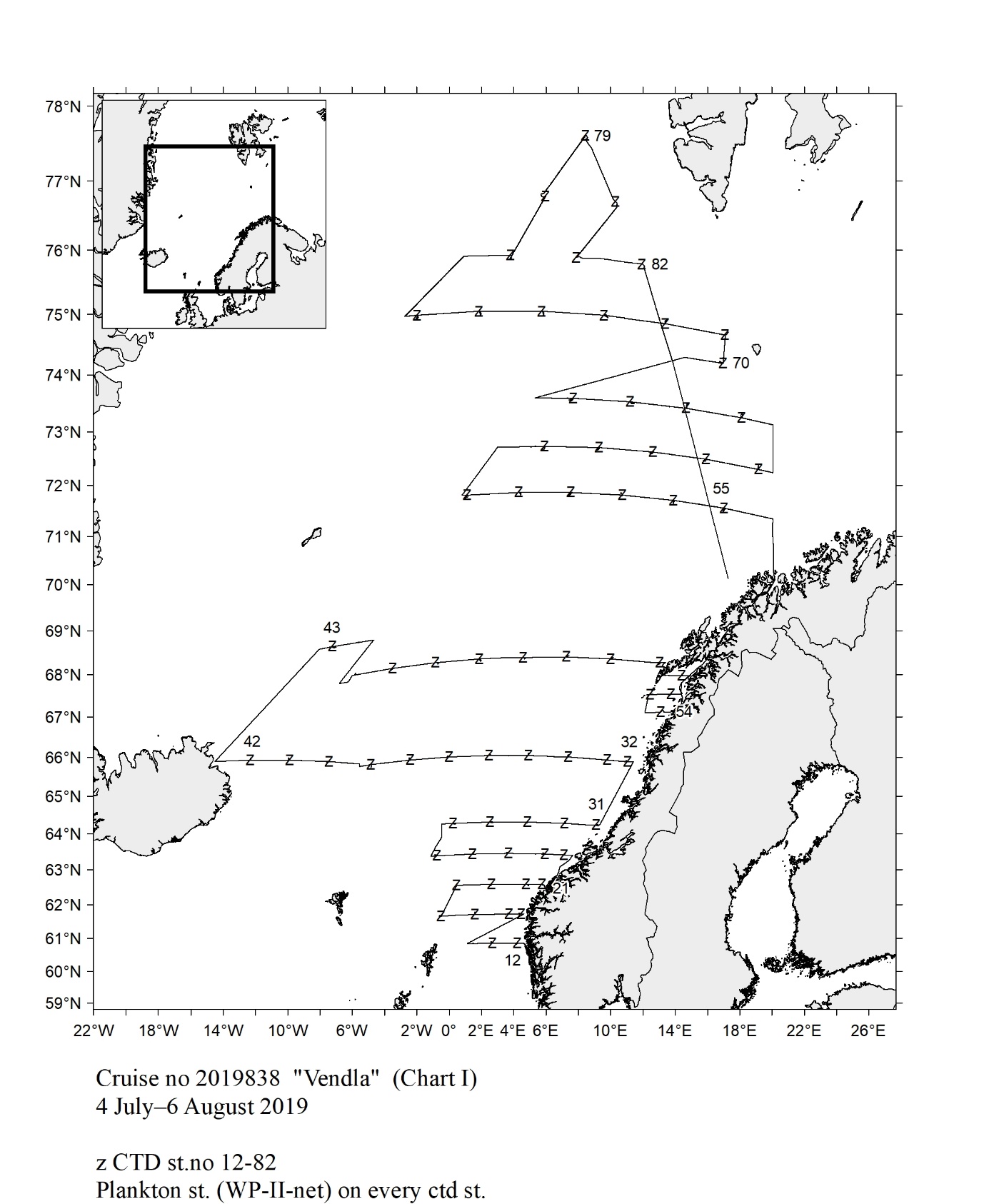 Fig.137
Fig.137  Fig.138
Fig.138  Fig.139
Fig.139  Fig. 140
Fig. 140 Fig.141
Fig.141  Fig.142
Fig.142  Fig.143
Fig.143  Fig.144
Fig.144  Fig.145
Fig.145  Fig. 146
Fig. 146


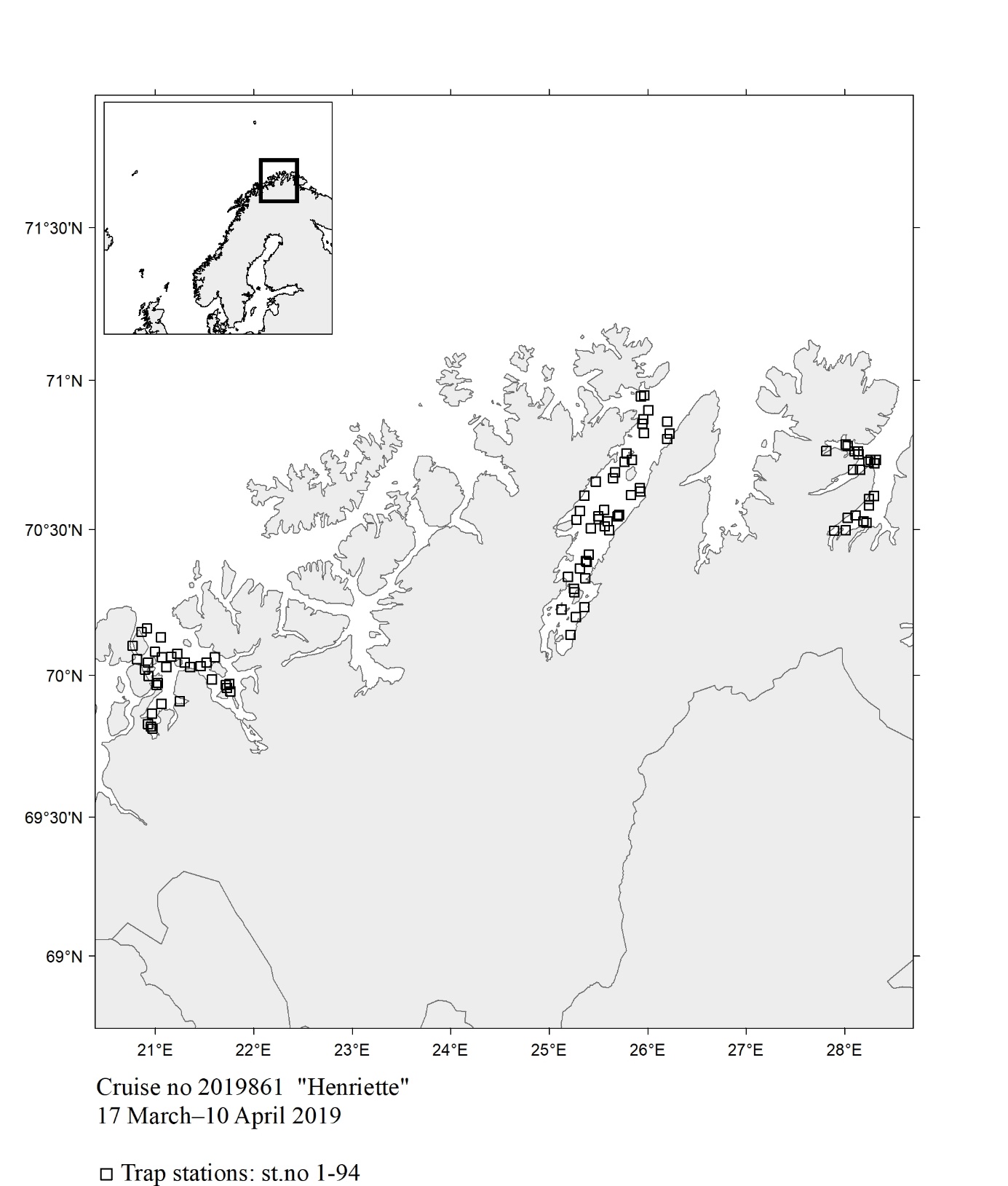 Fig. 150
Fig. 150 Fig. 151
Fig. 151 Fig. 152
Fig. 152 Fig. 153
Fig. 153 Fig. 154
Fig. 154 Fig. 155
Fig. 155  Fig. 156
Fig. 156  Fig. 157
Fig. 157  Fig. 158
Fig. 158  Fig. 159
Fig. 159  Fig. 160
Fig. 160  Fig. 161
Fig. 161  Fig. 162
Fig. 162  Fig. 163
Fig. 163  Fig. 164
Fig. 164  Fig. 165
Fig. 165  Fig. 166
Fig. 166  Fig. 167
Fig. 167  Fig. 168
Fig. 168  Fig. 169
Fig. 169  Fig. 170
Fig. 170  Fig. 171
Fig. 171  Fig. 172
Fig. 172  Fig.173
Fig.173  Fig. 174
Fig. 174  Fig. 175
Fig. 175  Fig. 176
Fig. 176  Fig. 177
Fig. 177  Fig. 178
Fig. 178  Fig. 179
Fig. 179  Fig. 180
Fig. 180  Fig.181
Fig.181  Fig.182
Fig.182  Fig183
Fig183  Fig184
Fig184  Fig. 185
Fig. 185